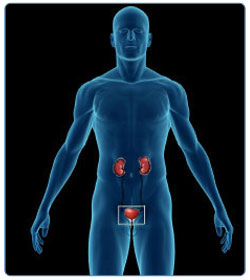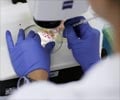- Kumar & Clark - Clinical Medicine - (W.B.Saunders- 5th Edition)
- Oxford Handbook Of Clinical Medicine - (5th Edition)
- Online Publication Of NIAID is a component of the National Institutes of Health (NIH), an agency of the U.S. Department of Health and Human Services.
About
Pronounced as "kla-MID-ee-uh" Chlamydia, is a sexually transmitted disease (STD), which is caused by the bacteria Chlamydia trachomatis and can be cured.
- Chlamydia is a very common cause of genital infection.
- The genital Chlamydia infection may be acquired during oral, vaginal, or anal, sexual contact with an infected partner.
- Chlamydia is often called the "silent" disease because a person can have it but still not get to know that he is having the infection.
- That means the disease often has no symptoms. This sustains the infectious pool in the population.
- It is regularly found in association with other sexually transmitted diseases 20% of men & 40% of women with gonorrhoea are found to have coexisting chlamydial infections.
- It can also cause serious problems in men and women, such as discharge from the penis and infertility.
- It can also cause infection in newborn babies of infected mothers.
- The chlamydia bacterium has a worldwide distribution.
Chlamydia is one of the most widespread bacterial STDs in the United States. An estimated 3 million people are infected each year, according to the Centres for
In India a high prevalence (upto 40%) of lower genital tract infections due to CT has been reported according to the Institute Of Pathology, New Delhi.











